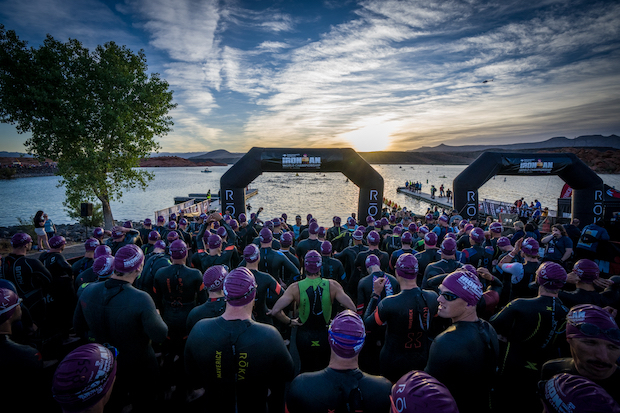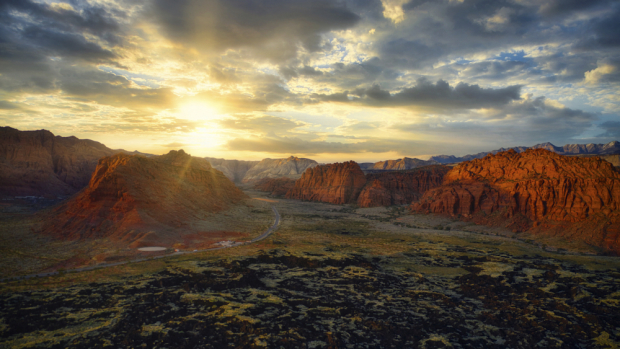Originally published at: On the End of the Road in St. George - Slowtwitch News

By now, you’ve probably heard the news — the 2025 edition of IRONMAN 70.3 St. George will be the final IRONMAN event in the city. Local officials have called this a mutual parting of the ways, citing “the 17 IRONMAN events hosted during the successful partnership leave a profound, positive legacy, and Greater Zion will continue to be known as the ‘Land of Endurance.'”
It is a stark reminder that we are merely visitors in many host communities, and that we can, in fact, wear out our welcome. IRONMAN’s own release says as much, directly: “Demands of the event, including rising costs, increasing populations around race routes, and continued pressure on resources compelled Washington County officials to evaluate all options. With input from community partners, they concluded that after a long and successful run, IRONMAN’s time in St. George would be celebrated and the 2025 edition would be the final one.”
It is not the first time we’ve seen this scenario play out. We have detailed the significant back-and-forth that occurred in Lake Placid before a new contract was finally signed. There is the ongoing saga of what used to be known as the Malibu Triathlon and who will eventually produce a triathlon there. And, of course, there’s Penticton and the back-and-forth between race production organizations that occurred there.
And now St. George joins Penticton in the ranks of former races.

To be fair to St. George, we’ve run out the carpet hard there. Since first debuting as a full-distance IRONMAN in 2010, there have been 17 races in 14 years there, including three World Championship races in 13 months (2021 70.3 Worlds, 2021 IM Worlds held in May 2022, and then 2022 70.3 Worlds). Since being one of the first races to bounce back following the COVID-19 pandemic, more than 10,000 athletes have taken to the race course in St. George. It’s a lot of people in short order.
And St. George is changing. The population of the city has grown by 31% since IRONMAN started racing there in 2010. It’s the fifth most populous city in Utah, the only one of those cities located outside of the Wasatch Front, and the fastest growing metro in the country. There’s roughly a 1:1 population ratio if you factor in the surrounding communities that make up the metropolitan statistical area. St. George is, by and large, smack in the middle of the size of communities that typically make up IRONMAN courses in the United States these days — and with that come special challenges.
It’s often medium-sized communities that are the most challenging to produce events in. In smaller towns, it’s easy to show direct economic impact; permitting is easier to pull together; there’s fewer disruptions to the population as there’s simply fewer people to deal with. Meanwhile, in large city races (say, Sacramento, as an example) — there’s an expectation of life disruption for something. Permitting might be expensive, but there is infrastructure available to handle the surge in population of a race coming to town. But, ultimately, the race is “just another thing” going on in town.
Speaking as someone who’s been around since St. George first joined the calendar, this one hurts more than when we lost other challenging courses like Tahoe or Penticton. I think a lot of it comes down to how nearly every person who I’ve talked to has raved about the course and community; it’s always been a race that I have wanted to try and make fit in a schedule, but never have made it work. And now there’s only one more opportunity to make that happen.
The lesson, as always: don’t wait. Sign up. Do the thing. You may not get the chance tomorrow.